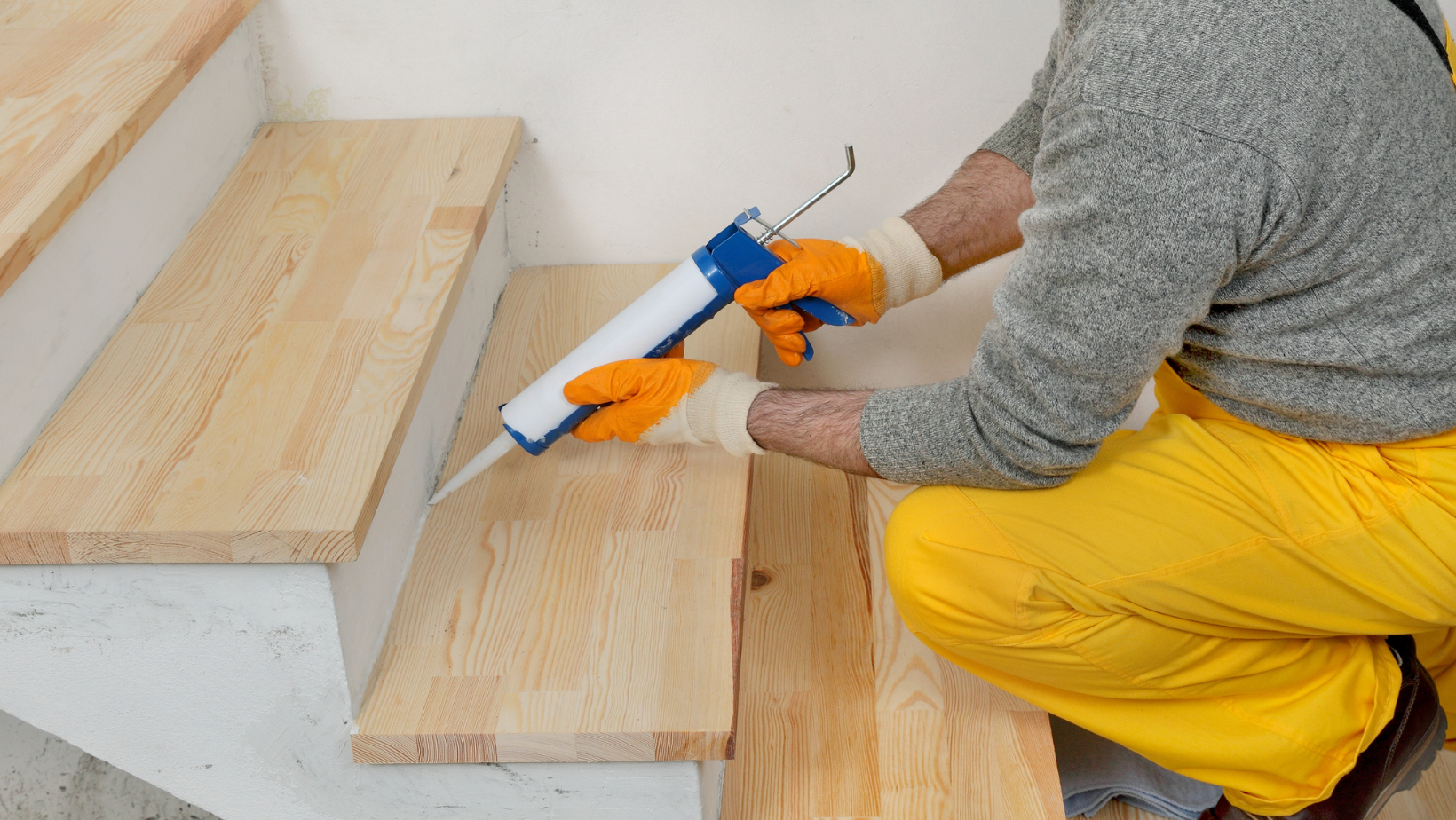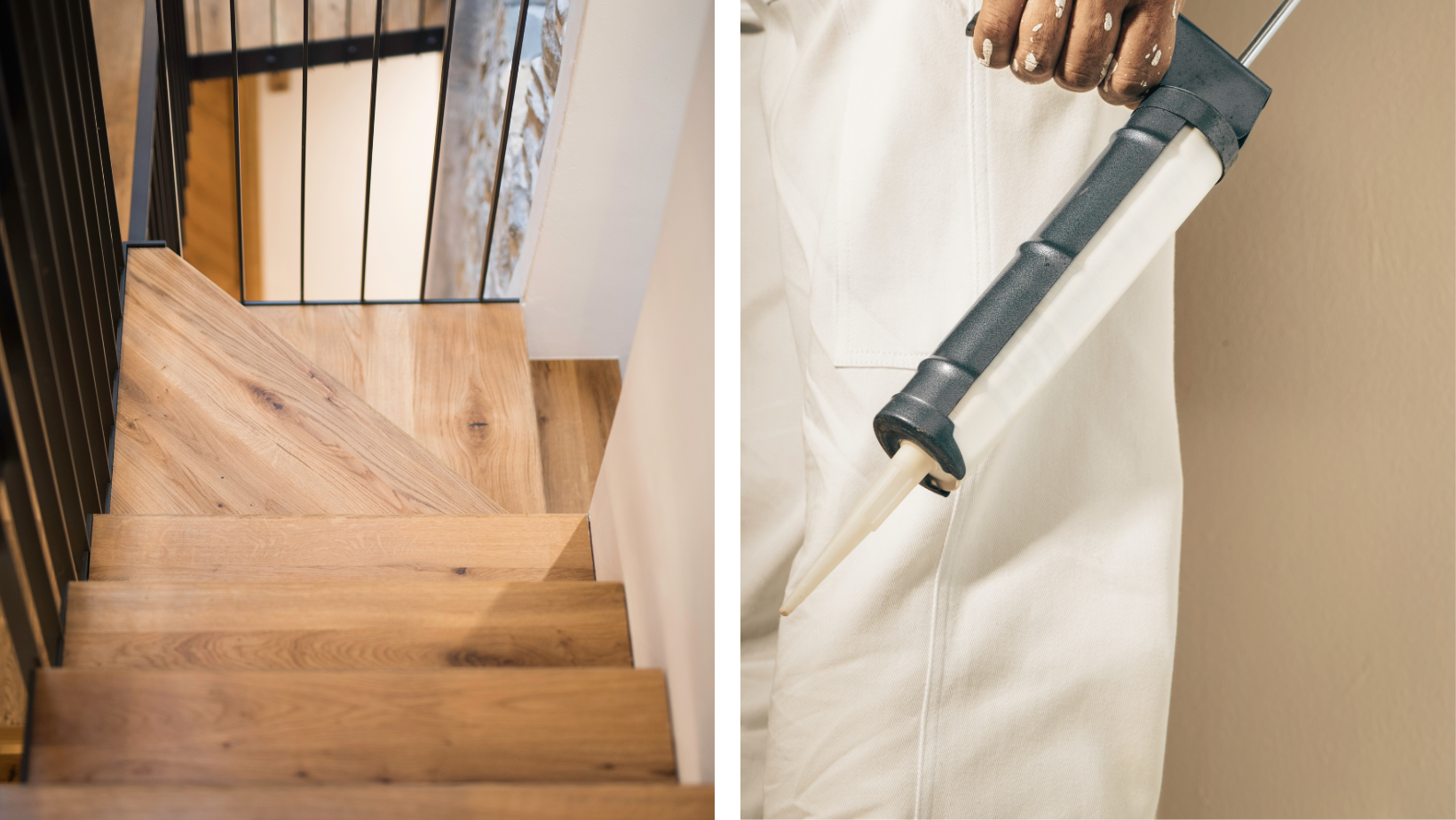Looking to install rubber stair treads and wondering which caulk to use? This ultimate guide explains the key differences between caulk for rubber stair treads, wooden stair treads, and carpet stair treads, helping you make the right choice for your project. Whether you're a DIY enthusiast or a homeowner looking for expert advice, this informative article has got you covered.
Understanding the Importance of Choosing the Right Caulk
When it comes to installing rubber stair treads, choosing the right caulk is crucial for ensuring a secure and long-lasting installation. Caulk plays a vital role in securing the rubber treads to the stairs, providing a strong bond that can withstand heavy foot traffic and the wear and tear of everyday use. Using the wrong caulk can lead to a range of potential issues, including poor adhesion, premature deterioration, and safety hazards.
Potential issues with using the wrong caulk include:
-
Poor adhesion: Using the wrong type of caulk can result in poor adhesion between the rubber stair treads and the stairs, leading to potential safety hazards such as tripping or slipping.
-
Premature deterioration: Certain types of caulk may not be suitable for rubber stair treads, leading to premature deterioration of the treads and the caulk itself.
-
Safety hazards: Using an improper caulk can compromise the overall safety and stability of the stair treads, posing a risk to anyone using the stairs.
Key Differences in Caulk for Rubber Stair Treads, Wooden Stair Treads, and Carpet Stair Treads
When it comes to choosing the right caulk for stair treads, it's essential to consider the specific requirements of different types of treads. Factors such as material composition, exposure to moisture, and the type of adhesive used can all influence the choice of caulk.
Factors to consider when choosing caulk for different types of stair treads include:
-
Material composition: Rubber stair treads require a caulk that can adhere to rubber vinyl, while wooden stair treads may require a different type of caulk suitable for wood surfaces.
-
Exposure to moisture: Stair treads located in areas prone to moisture, such as outdoor or bathroom stairs, may require a caulk with waterproof properties.
-
Type of adhesive used: The type of adhesive used to secure the stair treads can also influence the choice of caulk, as certain adhesives may require specific types of caulking for compatibility.
How caulk for rubber stair treads differs from how to seal wood stair treads or carpet treads:
-
Caulk for rubber stair treads is specifically formulated to adhere to rubber vinyl, providing a strong and durable bond that can withstand heavy foot traffic.
-
Caulk for wooden stair treads may be designed to work with wood surfaces and provide a secure bond that can withstand the natural movement of wood.
-
Caulk for carpet stair treads may need to be compatible with the specific type of carpet material and provide a secure bond without damaging the carpet fibers.
Choosing the Right Caulk for Rubber Stair Treads
When selecting caulk for rubber stair treads, it's essential to consider the specific requirements of the project and the type of rubber treads being used. Factors to consider include the material composition of the treads, the level of foot traffic, and the potential exposure to moisture.
Recommended caulk types for different rubber stair tread materials:
-
For commercial vinyl sheet flooring, an epoxy caulking compound designed for rubber vinyl stair treads may be recommended for a secure and long-lasting installation.
-
For outdoor rubber stair treads, a waterproof caulk suitable for outdoor use may be recommended to ensure protection against moisture and environmental elements.
-
For high-traffic areas such as public staircases, a durable and high-strength caulk designed for heavy foot traffic may be recommended to ensure long-term stability and safety.
Best Practices for Caulking Rubber Stair Treads
Properly caulking rubber stair treads is essential for ensuring a secure and long-lasting installation. Here are some best practices for caulking rubber stair treads:
Step-by-step guide to properly caulking rubber stair treads:
-
Prepare the surface: Ensure that the surface of the stairs and the back of the rubber treads are clean, dry, and free of any debris or dust.
-
Apply the caulk: Apply the caulk in a continuous bead along the back of the rubber tread, ensuring full coverage and a secure bond with the stairs.
-
Press the tread into place: Press the rubber tread firmly onto the stairs, ensuring that the caulk forms a strong bond between the tread and the surface.
-
Wipe off excess caulk: Use a damp cloth to wipe off any excess caulk and ensure a clean and professional finish.
Tips for maintaining and replacing caulk as needed:
-
Regular maintenance: Inspect the caulked areas regularly for signs of wear, deterioration, or damage, and replace the caulk as needed to maintain the integrity of the installation.
-
Proper replacement: When replacing caulk, ensure that the surface is thoroughly cleaned and prepared before applying the new caulk to ensure a strong and secure bond.
Conclusion
By understanding the importance of choosing the right caulk for rubber stair treads and following best practices for installation and maintenance, you can ensure a secure and long-lasting installation that provides safety and stability for years to come.




